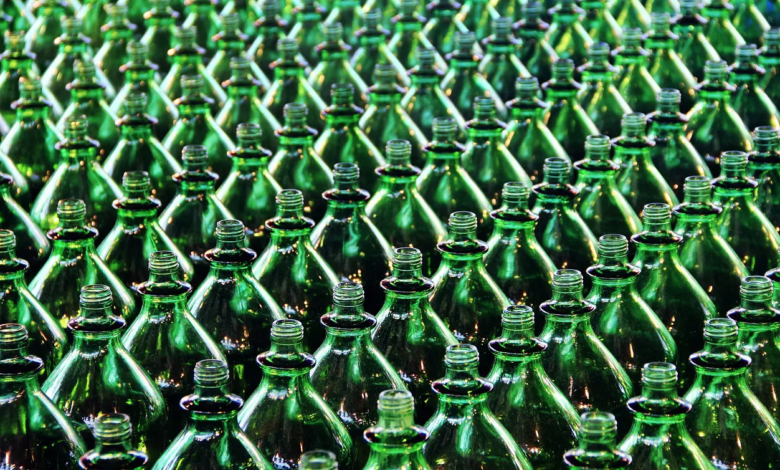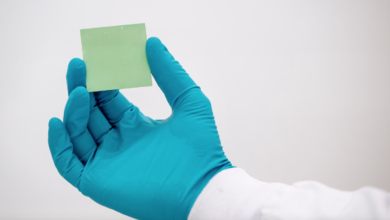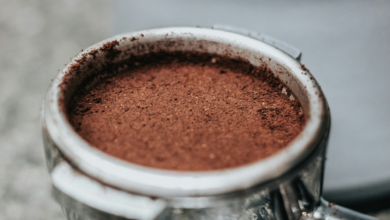Enzymatic recycling makes it possible to break down the most difficult plastic

More and more studies confirm that the improvement of enzymatic recycling could lead to the breakdown of the most difficult plastics. The practice is in fact useful to degrade the polyethylene terephthalate (PET) used in many fabrics and in common plastic bottles. Patented in 1940, PET is a rather versatile and long-lasting material, characteristics that have made it the most common plastic in the world but also the most difficult to get rid of: the most advanced recycling techniques approach the purpose, but they are particularly expensive.
“The reality is that most PET products—especially PET clothing and carpeting—are not recycled today using conventional recycling technologies,” explained Gregg Beckham, senior research fellow at the National Renewable Energy Laboratory (NREL) and CEO of the U.S. Department of Energy BOTTLE Consortium. “The research community is developing promising alternatives, including enzymes designed to depolymerize PET, but even these options have tended to lean on energy-intensive and costly preprocessing steps to be effective.”
For the first time recycling PET could be cheaper than producing it from scratch
Much of the PET is therefore difficult to recycle and ends up in landfill at best, in worst is dispersed in the environment but, explained Beckham, things are changing thanks to the use of machine learning methods and synthetic biology, which have opened the world of deconstructive enzymes to scientific literature. In an article in Nature Communications, the NREL researcher reported together with his team and laboratories of Portsmouth and Montana State University the results of his study that applies these new methods to the investigation of enzyme variants. The result is particularly promising, because enzymes seem to be able to break down even the hardest PET without resorting to expensive practices and, For the first time, they could make PET recycling cheaper than new production from oil refining.
Enzymatic recycling to rid landfills and seas of PET
The first scientific studies on enzymatic recycling of PET date back to 2005 but the technique made a leap forward in 2016, when a group of Japanese scientists discovered, in a recycling plant, a bacterium that was secreting enzymes by itself that degraded plastic bottles.
The small helper of recycling has been christened “Ideonella sakaiensis” and is able to break the strong chemical bonds that characterize the PET and bring the bottles back to their original components: terephthalic acid and ethylene glycol.
read also Chemical recycling: discovered an enzyme to break down terephthalate
Starting from this discovery, research on enzymatic recycling has accelerated considerably because scientists knew what to look for: The enzymes to be used had to be improved in order to be suitable for the industrial technologies needed to break down millions of tonnes of PET.
Finding a way to make enzymatic recycling technology scalable was the way to solve one of the biggest environmental problems related to plastic pollution.
“The scientific literature lit up with new papers from all over the world as researchers realized the potential of utilizing enzymes to break down plastics,” said John McGeehan, a scientist who led the contribution from the team at the University of Portsmouth (UoP) in the United Kingdom. “Experts from fields as diverse as pharma and biofuels were able to repurpose decades of research experience engineering enzymes.”
Scientific literature on enzymatic recycling
Between 2018 and 2021, Beckham, McGeehan and other scientists enriched scientific literature on the subject with several enzyme characterization studies that have improved its efficiency up to six times. In 2022 an article focused on assessing the global impacts of an enzyme recycling system on PET.
The results achieved are measurable and translatable into concrete effects: with the use of a bioreactor it takes 48 hours to break down, by enzymatic recycling, 98% of PET plastic to produce new bottles or in general more easily recyclable plastics.
“It was an incredible experience to be in a field that was expanding so quickly,” McGeehan added. “We are reaching a point where collaborative science has huge potential to accelerate the development and rollout of enzyme-based solutions at scale.”
The introduction of bioinformatics in studies
At this point, bioinformatics arrived, which, through machine learning, had already provided a wide cataloging of enzyme sequences capable of breaking down crystalline PET.
“Traditional approaches to map out new plastic-eating enzymes from databases can be ineffective, since enzymes that are very similar in their chemical makeup may not necessarily retain the plastic deconstruction activity,” said NREL computational scientist Japheth Gado.
To overcome this gap Gado has developed a statistical model that has ensured the prediction of biological rules under which enzymes break down plastic and, with machine learning, is able to predict the heat tolerance of the enzymes used.
The work of the two models has allowed, in less than an hour, the selection of more than 250 million proteins useful for enzymatic recycling. Further tests have narrowed the list to 36 enzymes capable of breaking down PET, of which 24 had never been described before. Many of the agents identified worked crystalline PET better than amorphous PET. A remarkable step forward.
“State-of-the-art methods of AI help us find patterns in enzymatic data that will provide a greater understanding of what makes a good enzyme that eats plastic,” Gado explained. “This will allow us to improve enzymes with protein engineering and find other enzymes in nature that are similar in performance.”
Enzymatic recycling is cheaper and more environmentally friendly
The steps of preparing PET plastic for recycling are those that most affect the sustainability of an enzymatic process. “Minimizing these preprocessing steps is critical for making enzymatic recycling cost competitive with creating PET resin from petroleum,” explained Beckham.
The research of his group investigated these aspects through the observation of a series of enzymes capable of breaking down both amorphous and crystalline PET. Their effectiveness is such that they do not need the preprocessing operations used to soften the plastic: “By cutting preprocessing, the technology could enable industrial-scale PET recycling that is actually cheaper than virgin PET production using oil”, explained “Even better, it can reduce associated energy and greenhouse gas emissions”.
In research of 2021 scientists had already managed to quantify the economic and environmental benefits of enzymatic recycling without preprocessing, showing how an industrial plant could reduce the energy demand of supply chains by 45% and emissions by 38% compared to a plant that uses PET pretreatment techniques.





